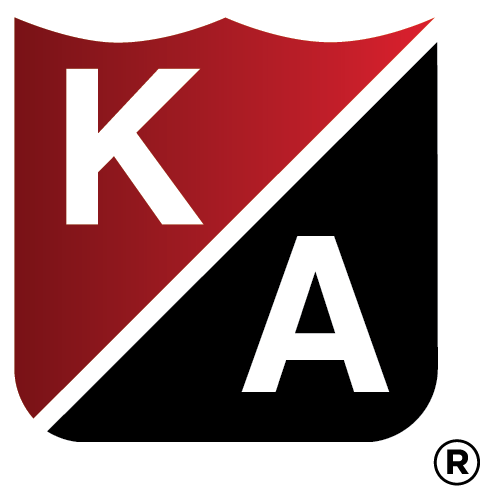The timeline for returning to workplaces is still uncertain for many and will vary based upon type of work and ability to conduct work remotely.
What we do know is that whenever that does happen, the workplace will be different, and in many places (including MN) a written plan will be required. As with any decision-making process, the tactical decisions (the how) related to your new workplace protocols should be made based upon strategic objectives (the why). In our current environment, there could be several ‘whys’.
- Practice core value of protecting employee health and safety
- Instill employee confidence and engagement
- Demonstrate responsibility to customers and prospects
- Follow State of Minnesota requirements (or other state requirement as applicable)
The first step is to determine which of these four strategic objectives applies to your decision-making process. Are you creating a plan only because the state requires it? Are you creating a plan to attract new customers? For many businesses, several, if not all, of these strategic objectives will apply.
Once your objectives and strategies are clear, you can begin to make tactical decisions in various areas. These areas should include:
- Physical distancing. Considerations could include conference room usage, common space restrictions, group gatherings/meetings, kitchen use, and stairwells.
- Personal hygiene. Expectations can be created for handwashing, staying home when sick or others in house are sick, and use of hand sanitizer. A standard practice to follow if any employee or individual in the office becomes ill should be included.
- Face covering. Face coverings are recommended in all indoor public spaces (in MN and some other states). Should the business issue standard coverings? When do they need to be worn?
- Daily health checks. Each business should decide if any questions beyond the minimum state recommended would be included. Will employees confirm their own temperature, or will that be a process done upon arriving at the office?
- Housekeeping. How will your cleaning protocols change for offices, restrooms, break areas and conference rooms? Daily disinfecting may include personal equipment (phones, keyboards) and public high touch areas like door handles, elevators, and copy machines.
- Office visitors. Will any visitors be allowed? Will external meetings be encouraged to take place virtually whenever possible? If visitors are allowed, will then be required to follow all of the same protocols as employees?
- Visiting other offices. Will employees be encouraged to meet virtually whenever possible? When visits are needed, what minimum standards will be required from the other office location? What practices should employees follow?
Finally, after these decisions are made, they should be documented, and leaders should ensure that employees are aware of the expectations. That may include training sessions and/or signed verification of understanding. Perhaps most importantly, the work in this area does not stop. The situation changes daily and the response team should be proactively reviewing the current status of the crisis and the business response and make adjustments along the way. At Kraus-Anderson Insurance, our response team meets at least weekly to review current decisions needed, create plans, execute them, and continually monitor them. We would be happy to share more details of our experience and help guide your own planning process.



